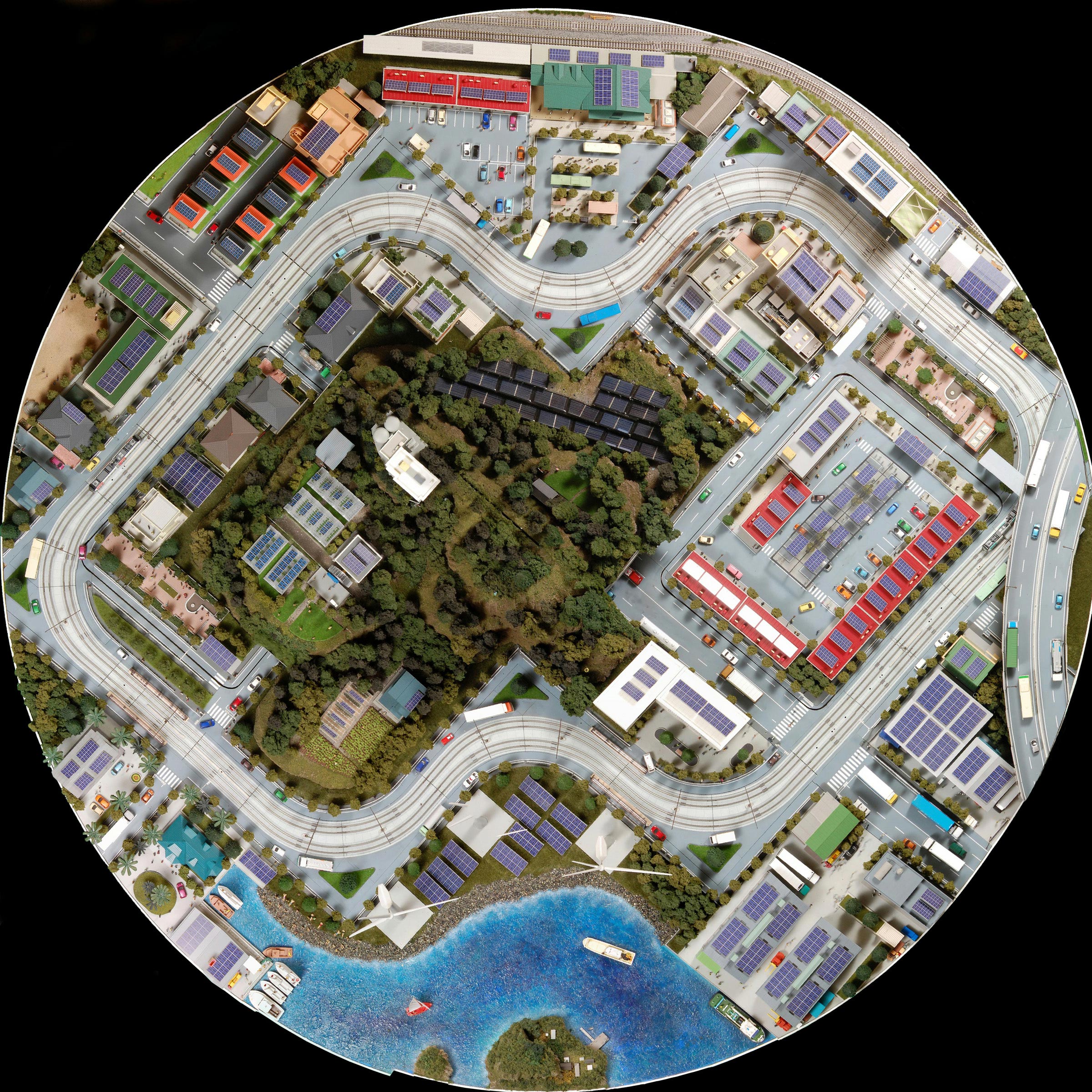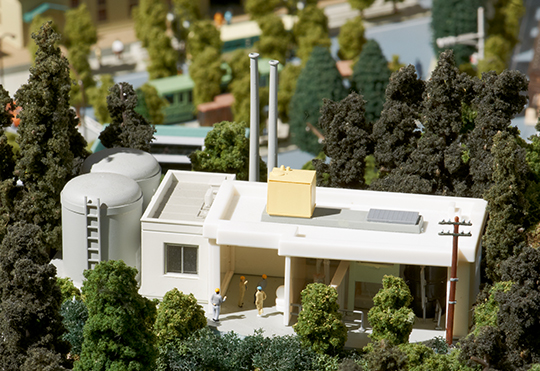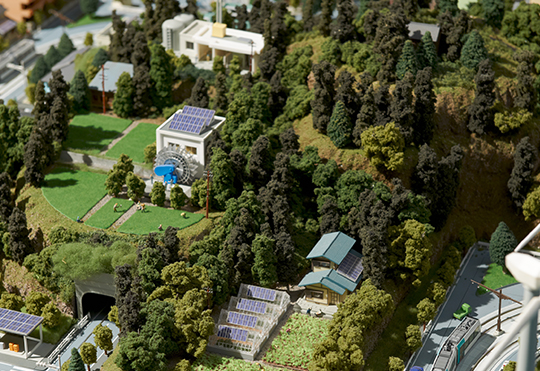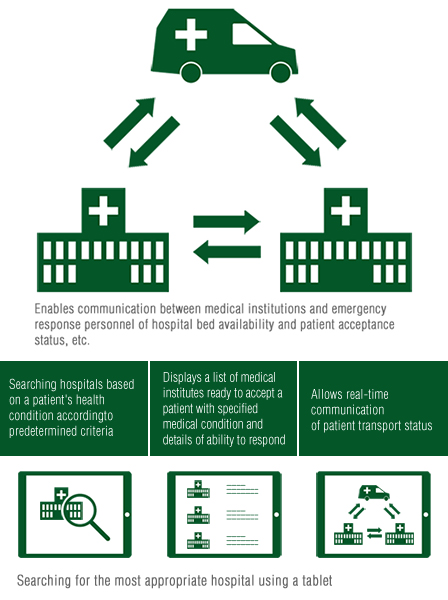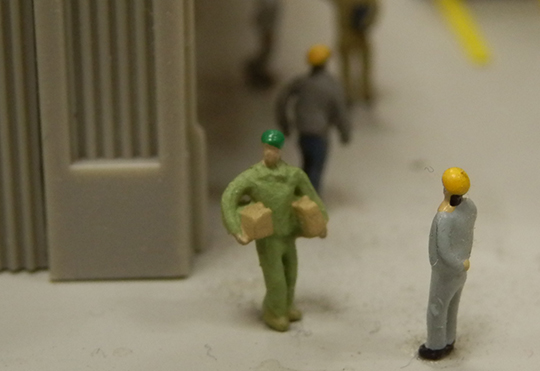Technologies and services of Kokusai Kogyo
Helping developing countries prevent deforestation and forest degradation as a champion for REDD+
Reducing Emissions from Deforestation and Forest Degradation (REDD) is an effort to create a financial value for the carbon stored in forests, offering incentives for developing countries to reduce emissions from forested lands and invest in low-carbon paths to sustainable development (source: UN-REDD Programme website). To move forward with REDD+ (with sustainable management of forests, conservation of forest carbon stocks and enhancement of forest carbon stocks constituting the "+" in REDD+) activities, it is necessary to conduct monitoring of carbon stocks in developing countries that have insufficient statistical data. At Kokusai Kogyo we are helping a number of developing countries – that have insufficient statistical data – to monitor their forest carbon stock using our extensive expertise in remote sensing and overseas development aid work.
Consulting and surveys related to REDD+
![]()
Consulting and Surveys related to REDD+
Measuring forests
To prevent climate change we first must understand how much carbon dioxide is being absorbed by forests. However, the CO2 absorption rate of forests differs according to region, the type and age of trees, and so on, therefore it is necessary to make measurements using scientific and highly transparent methodologies. Moreover, to ensure that our precious forests are managed appropriately, this should be inspected and verified by an independent third-party organization. The geospatial data we obtain from aerial photos and satellite imagery can be used for calculating, monitoring and verifying the carbon dioxide absorption volume of forests.
